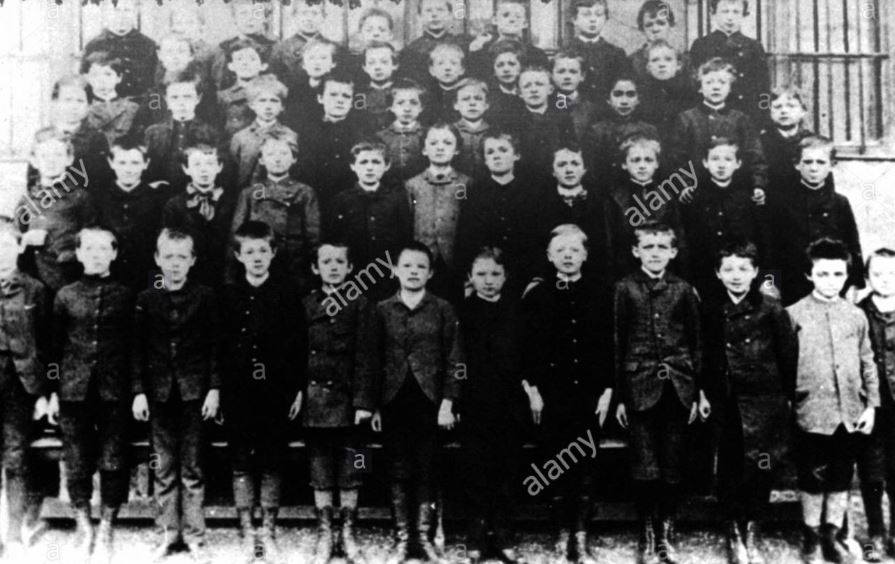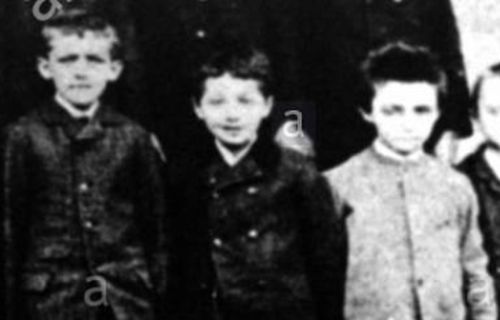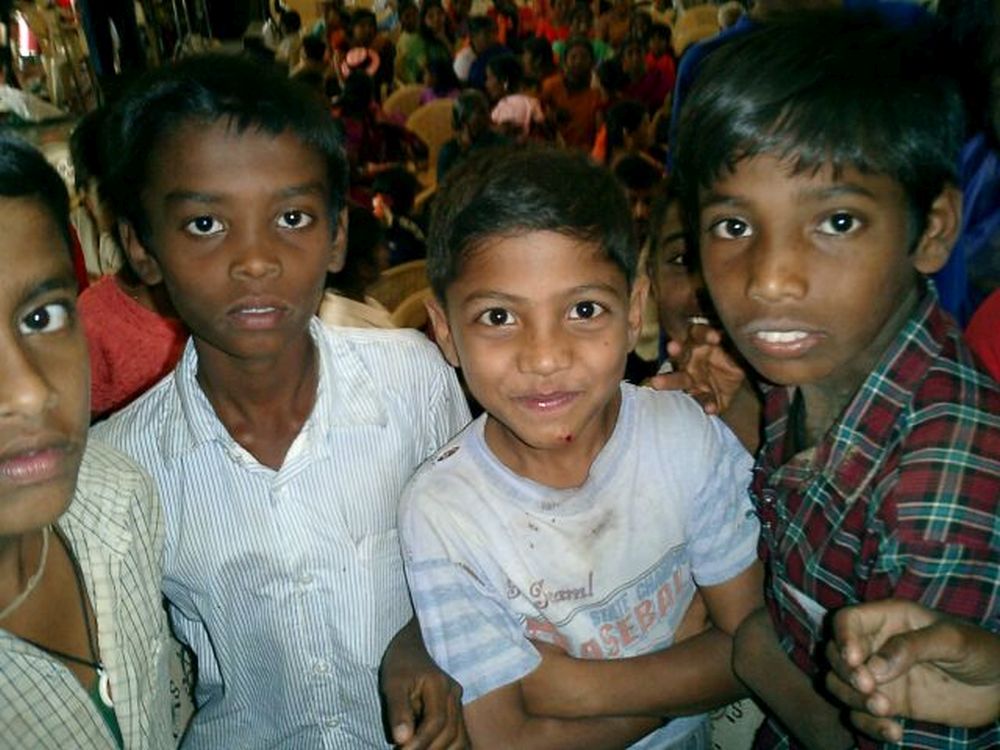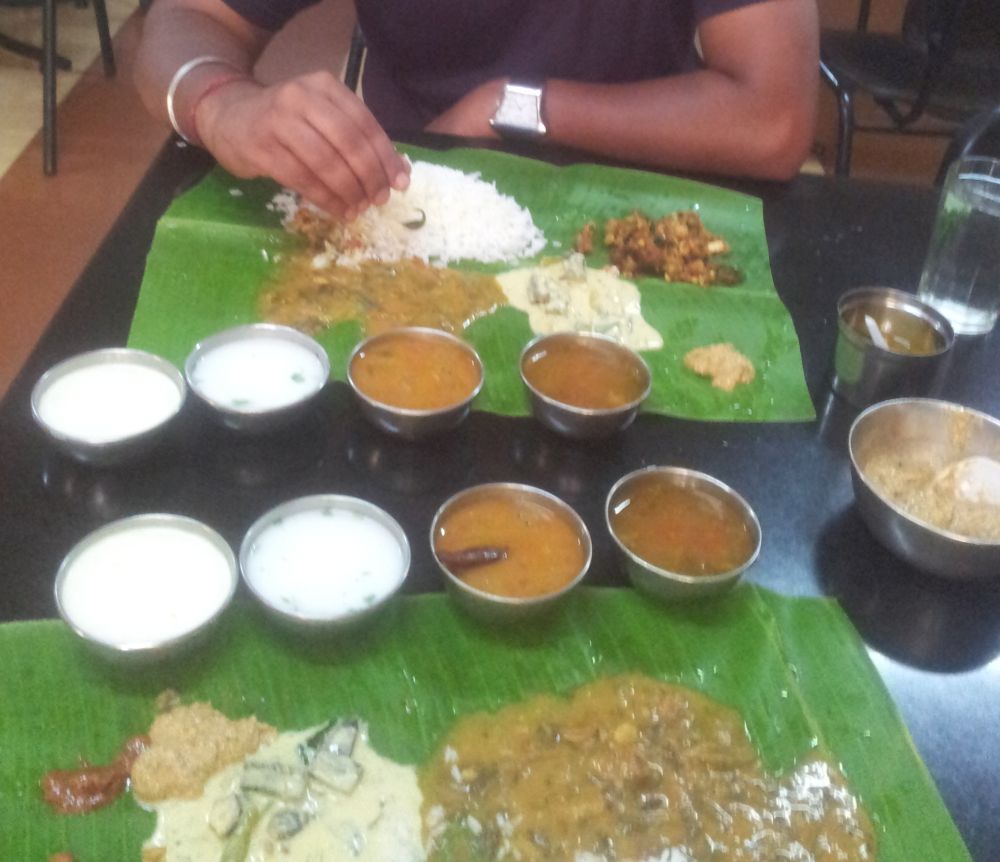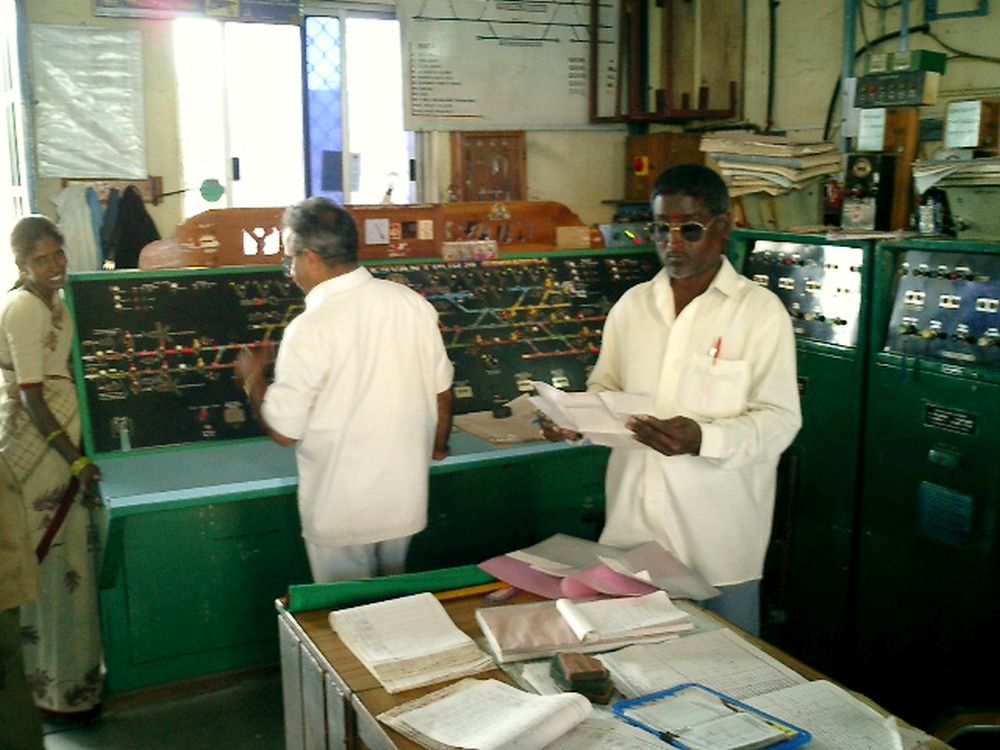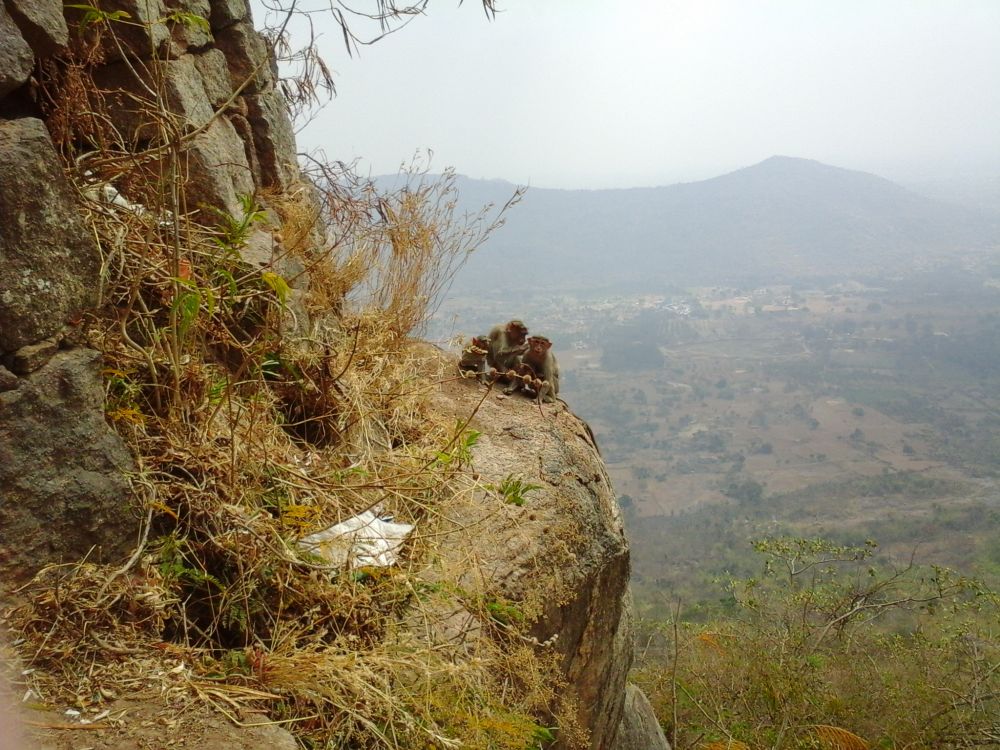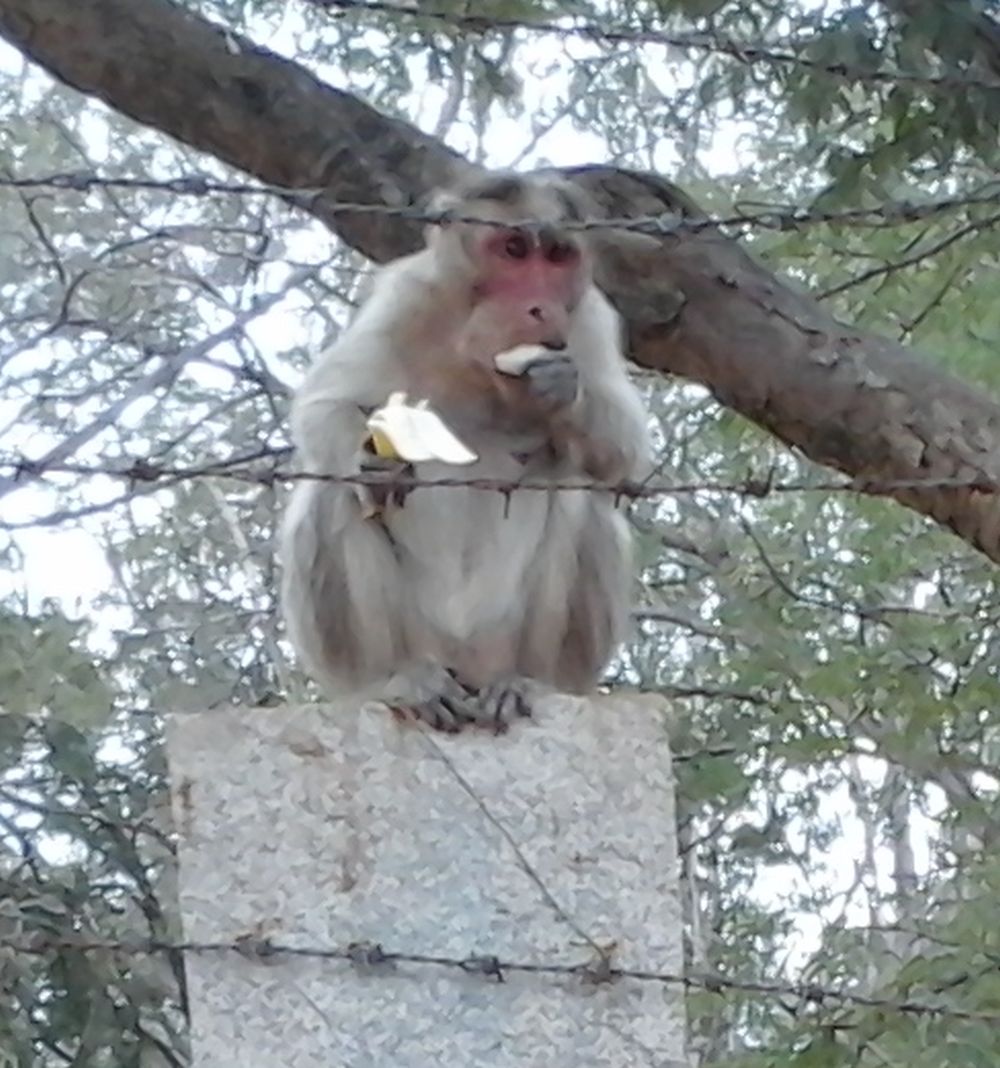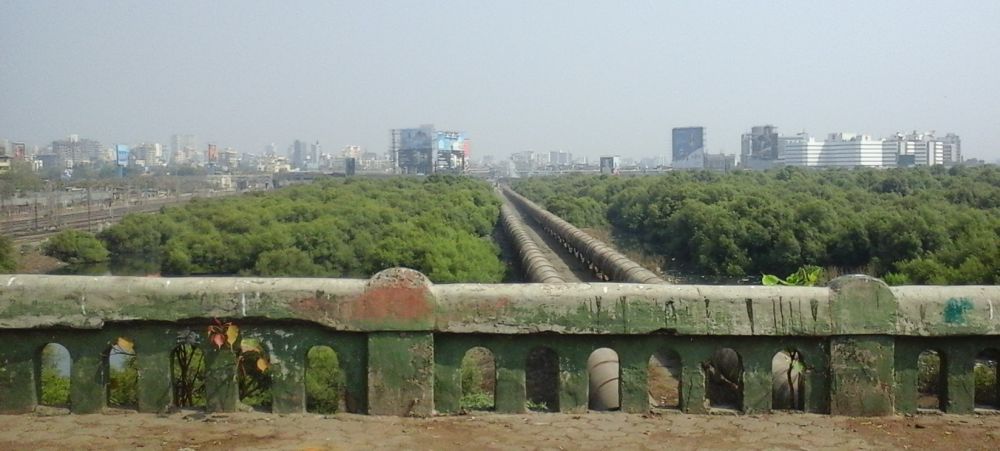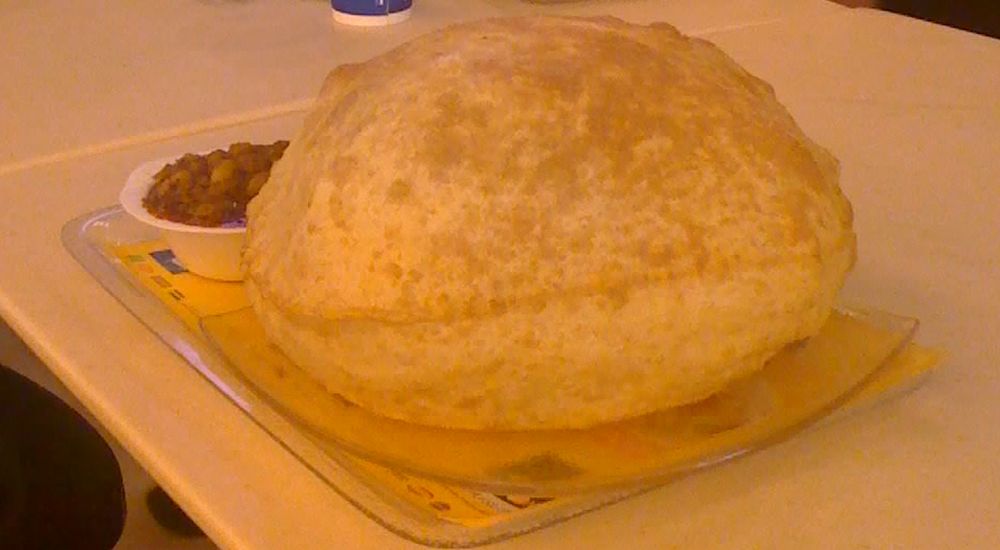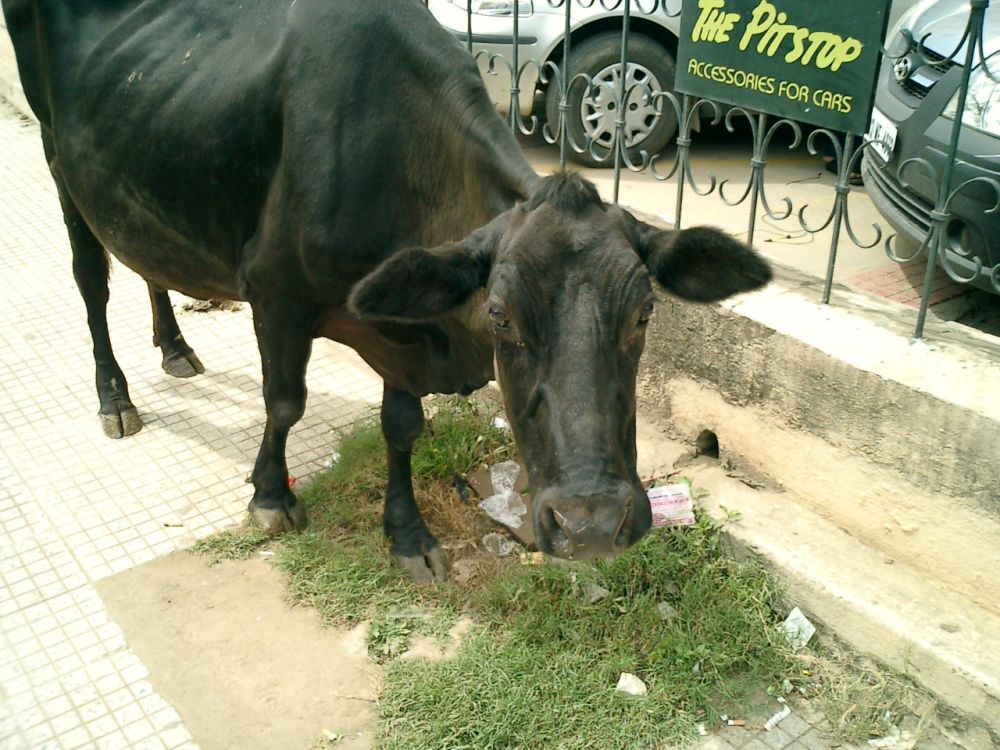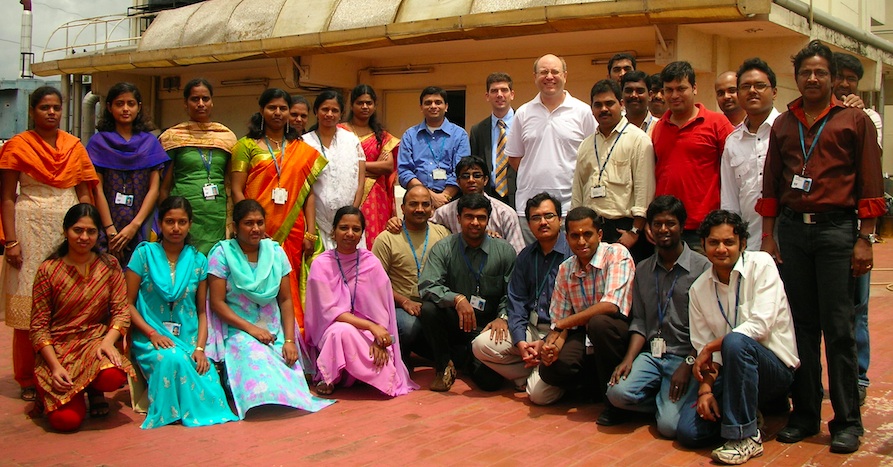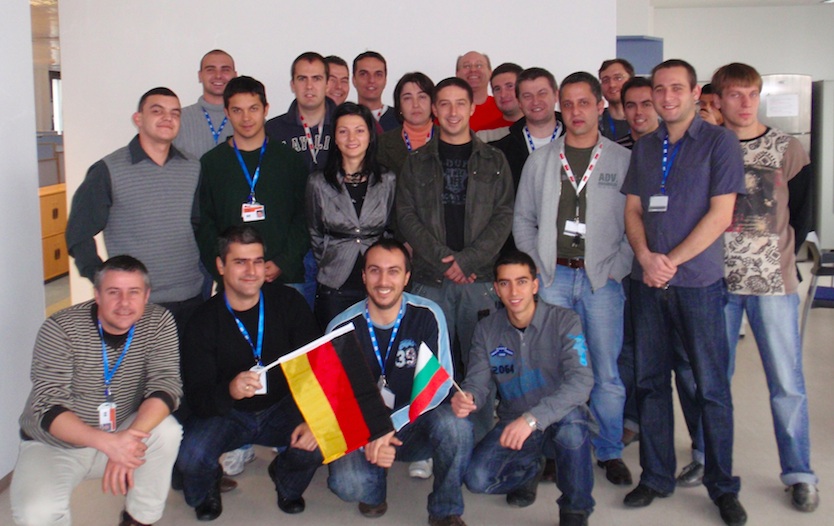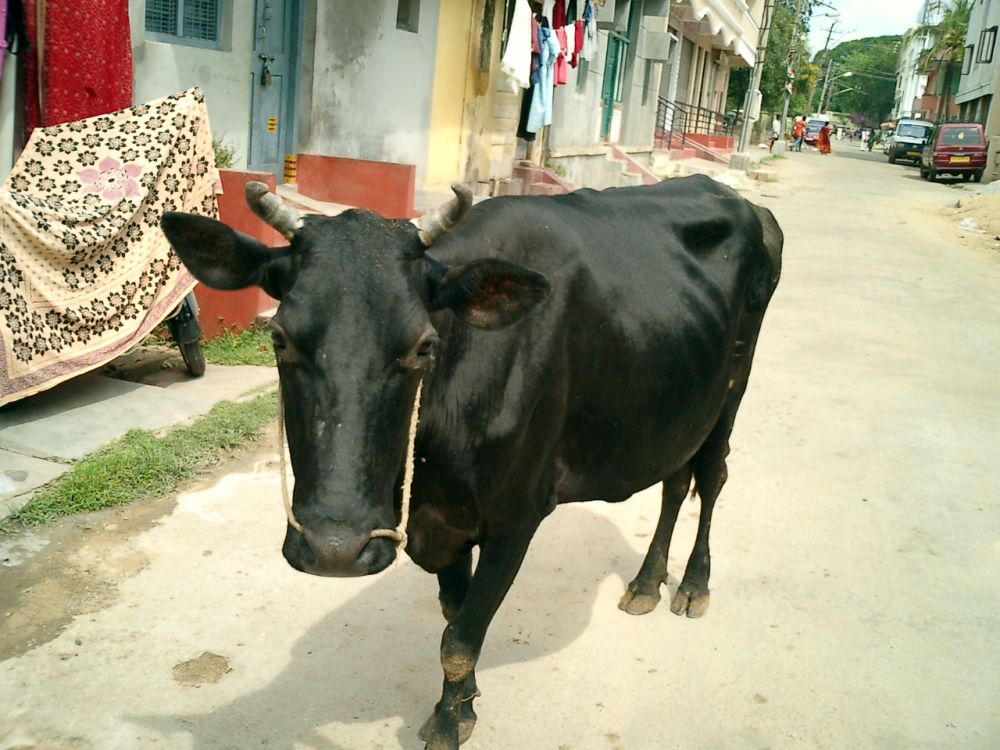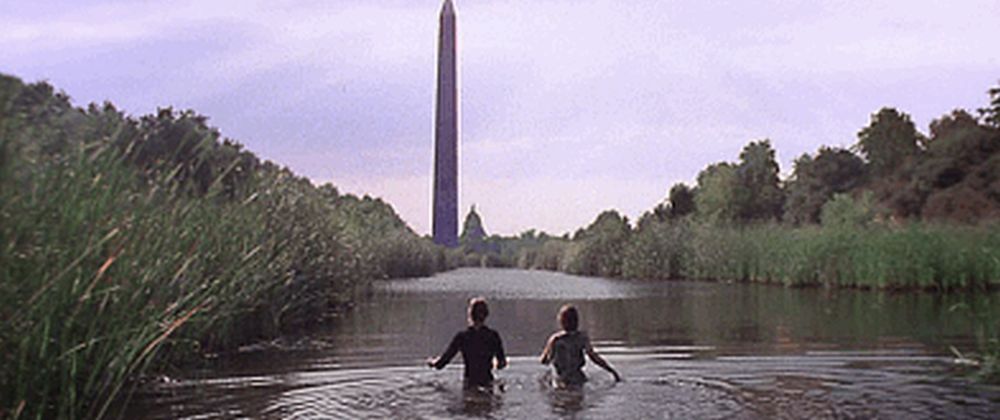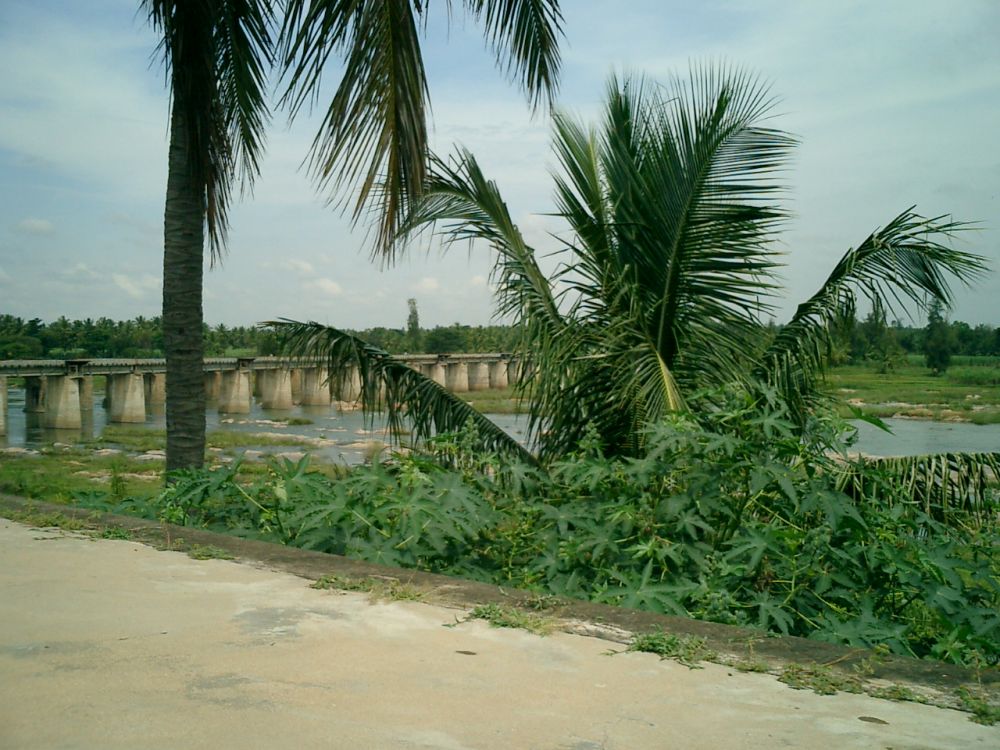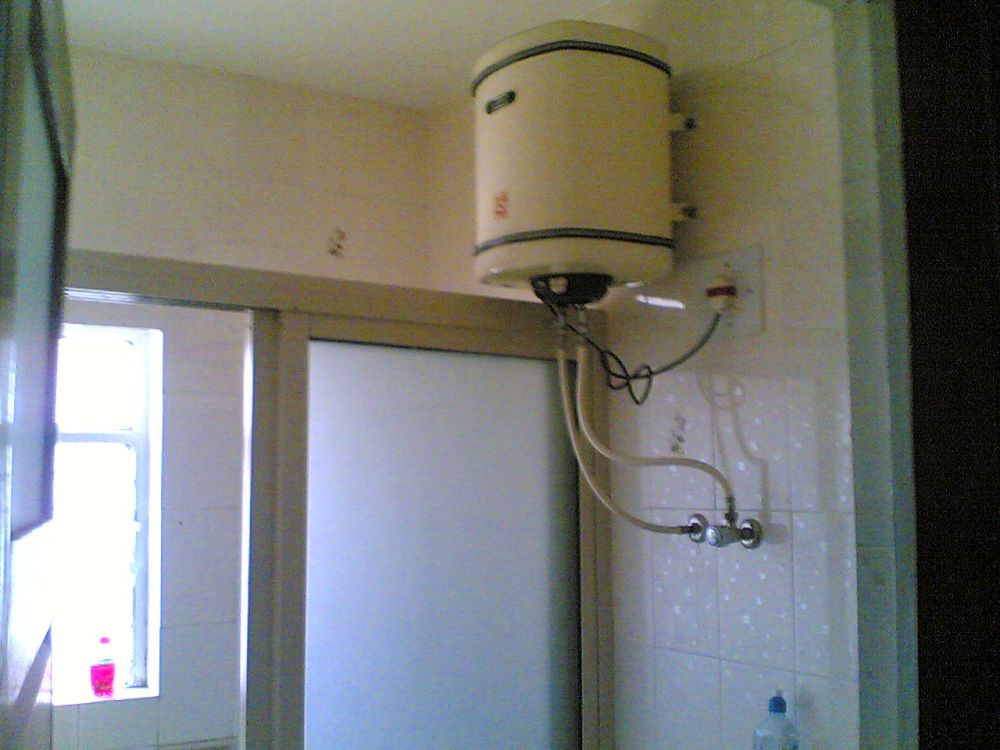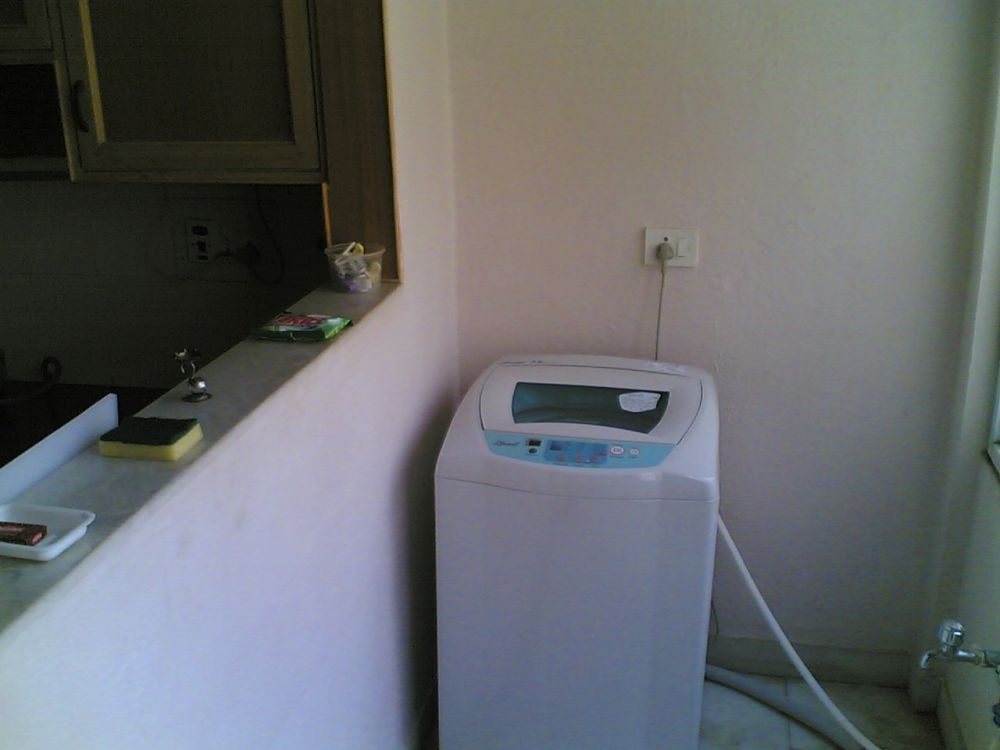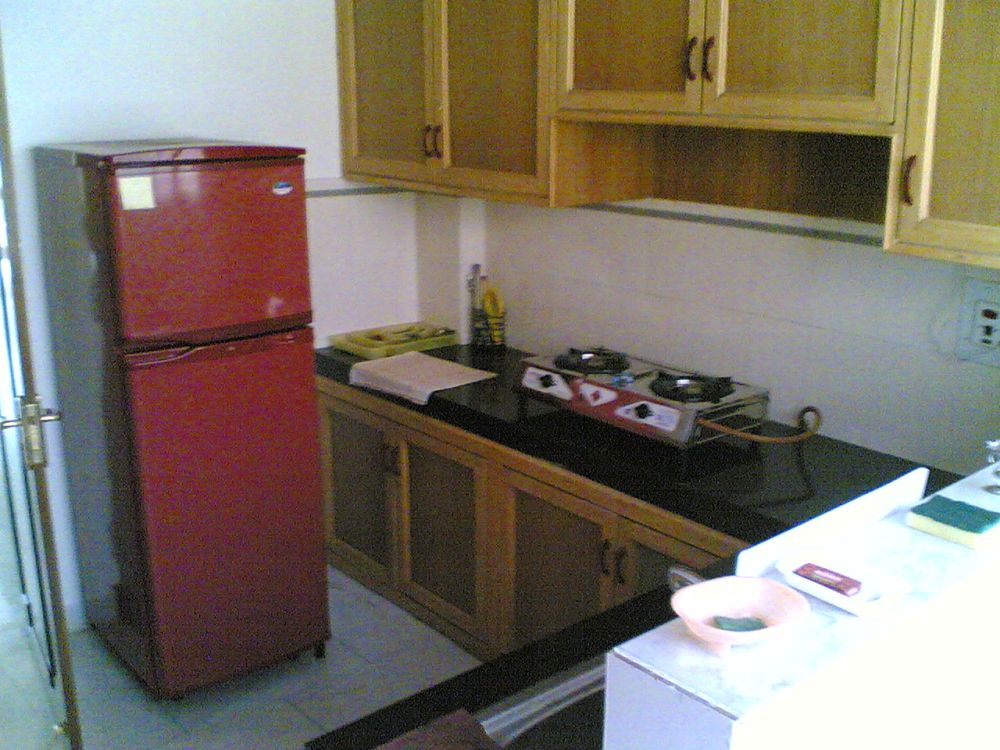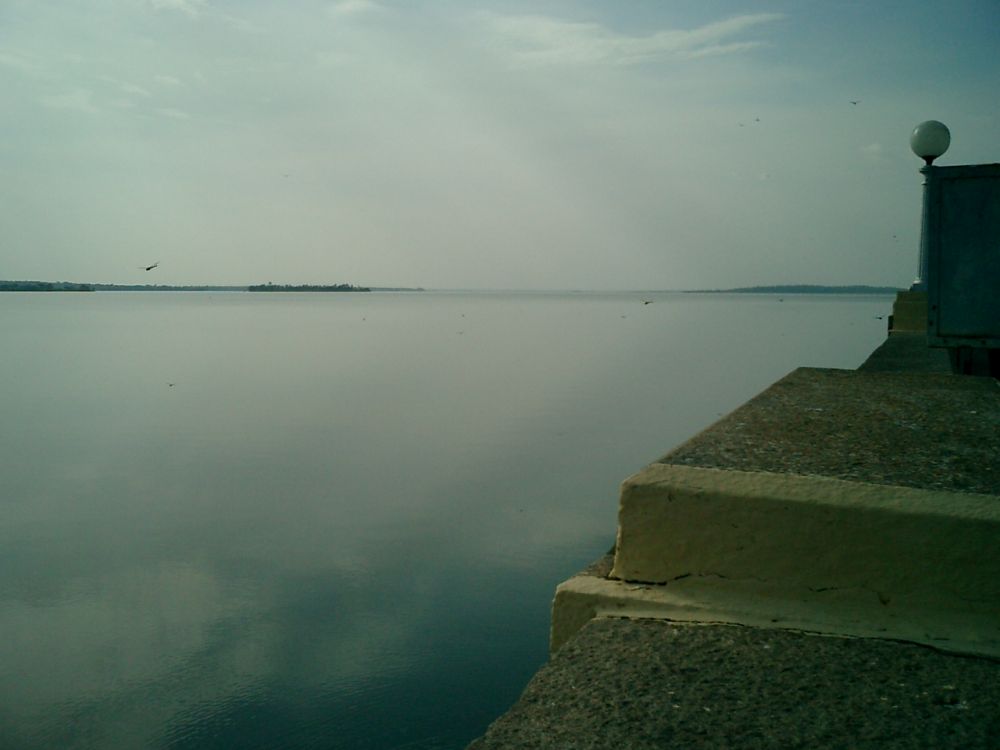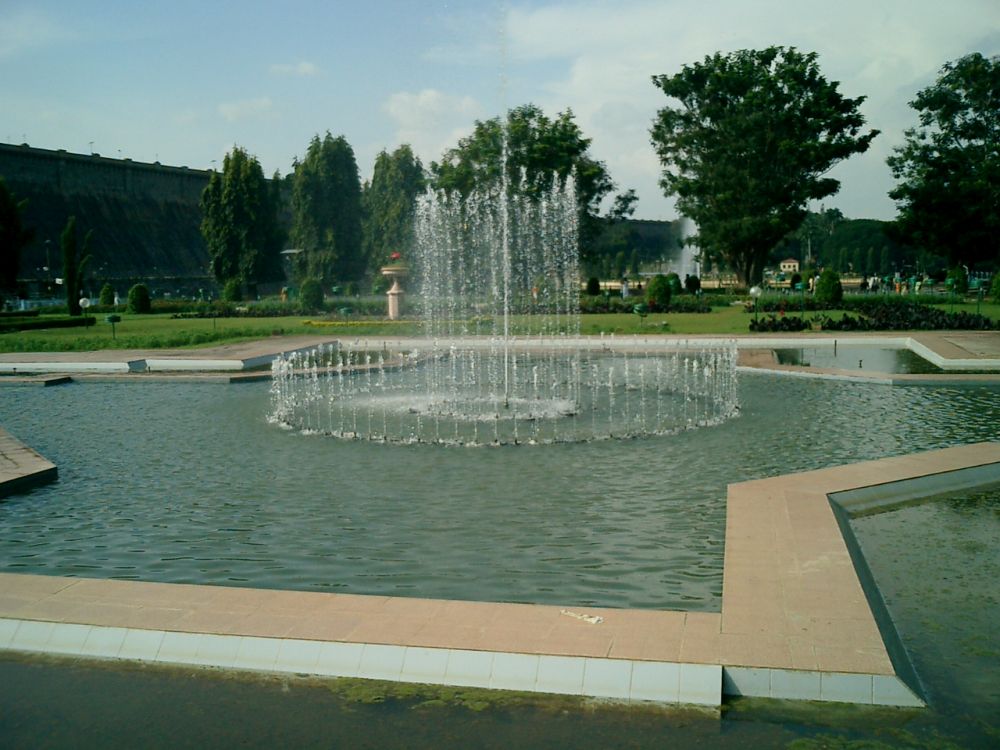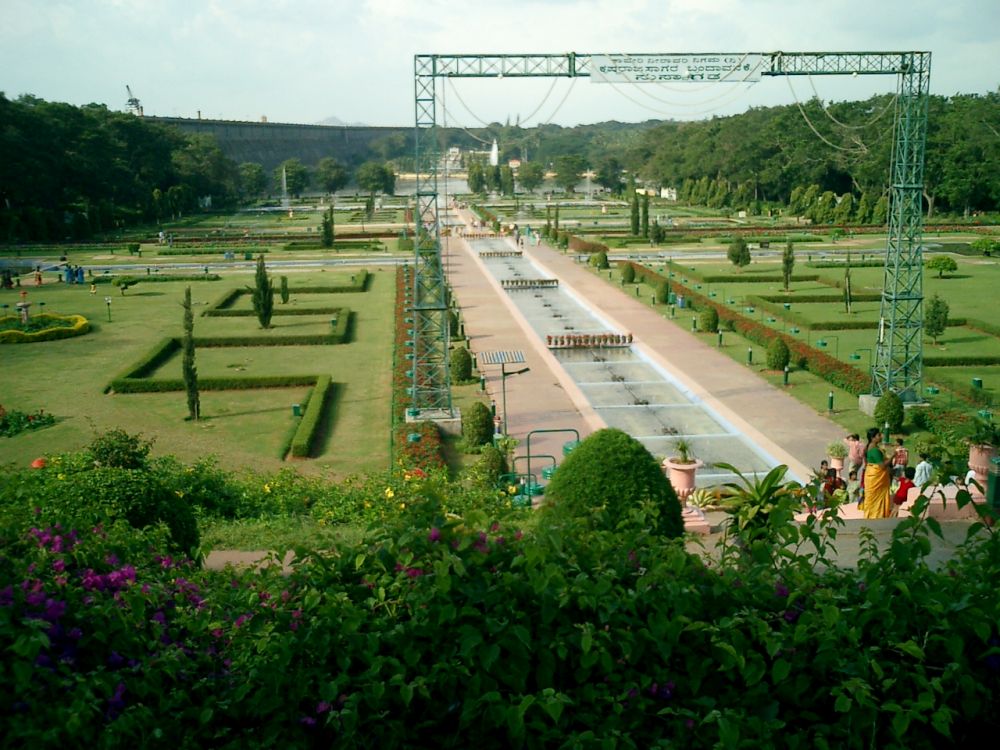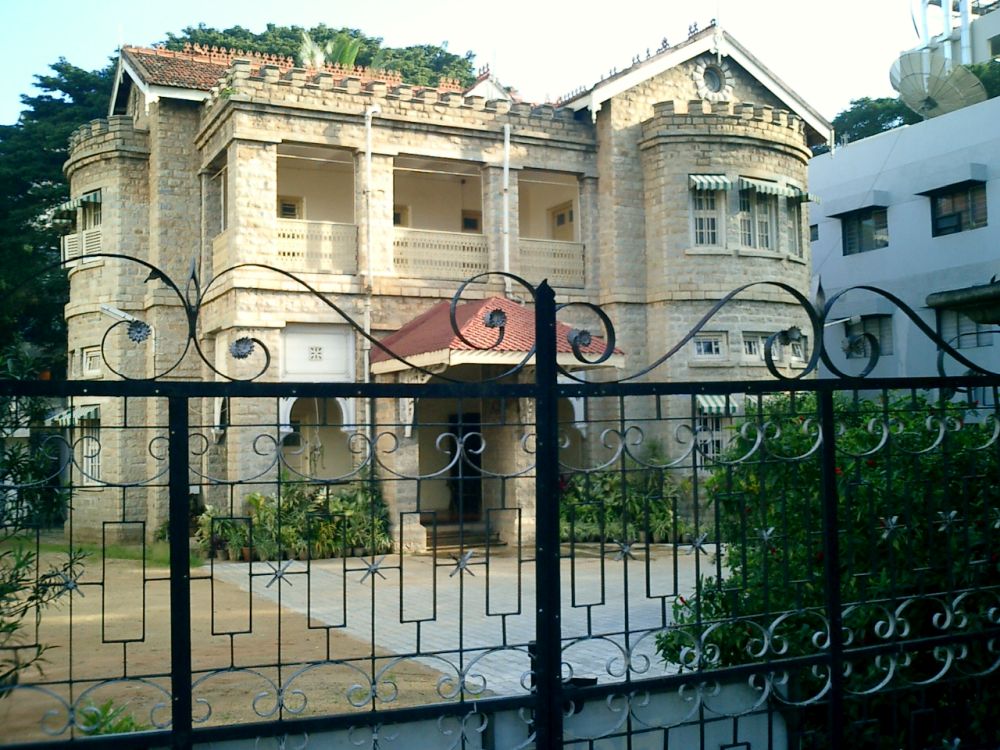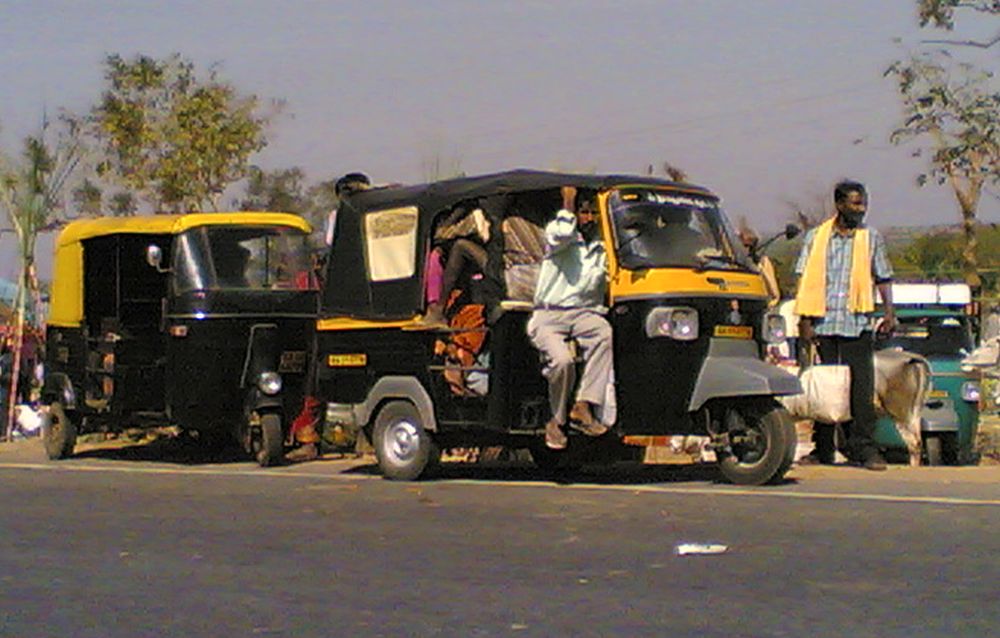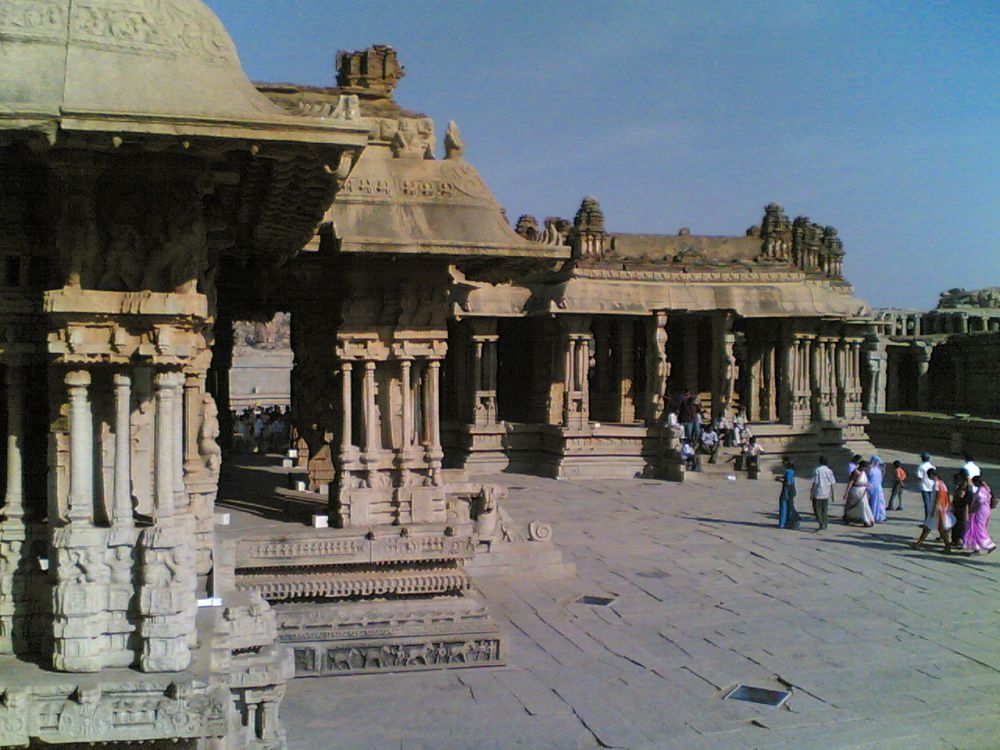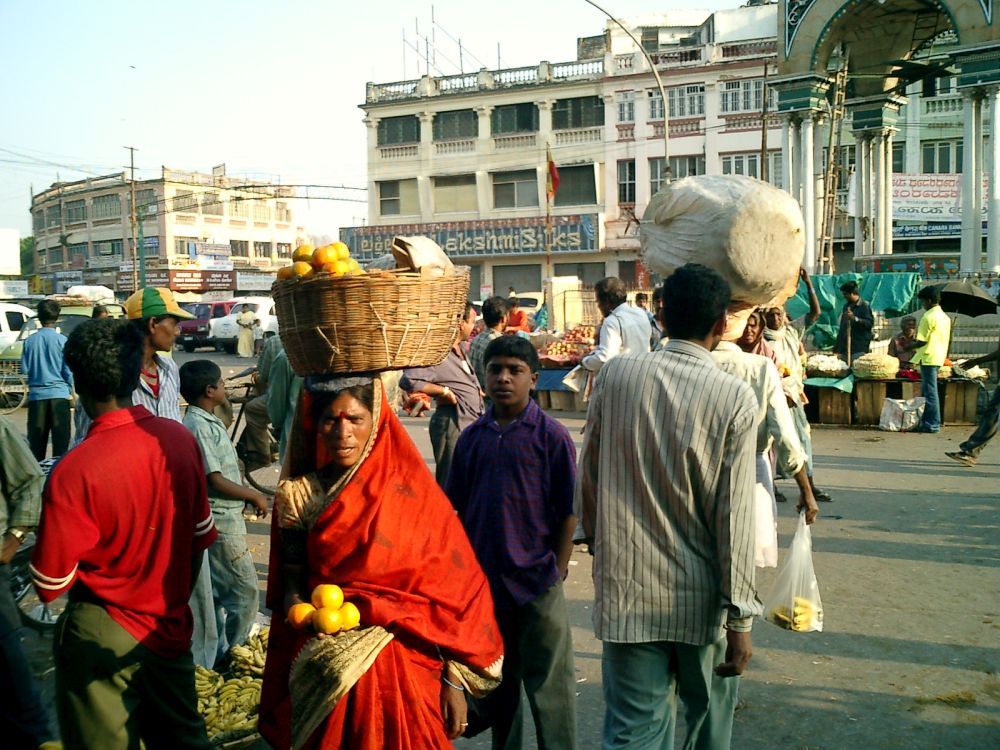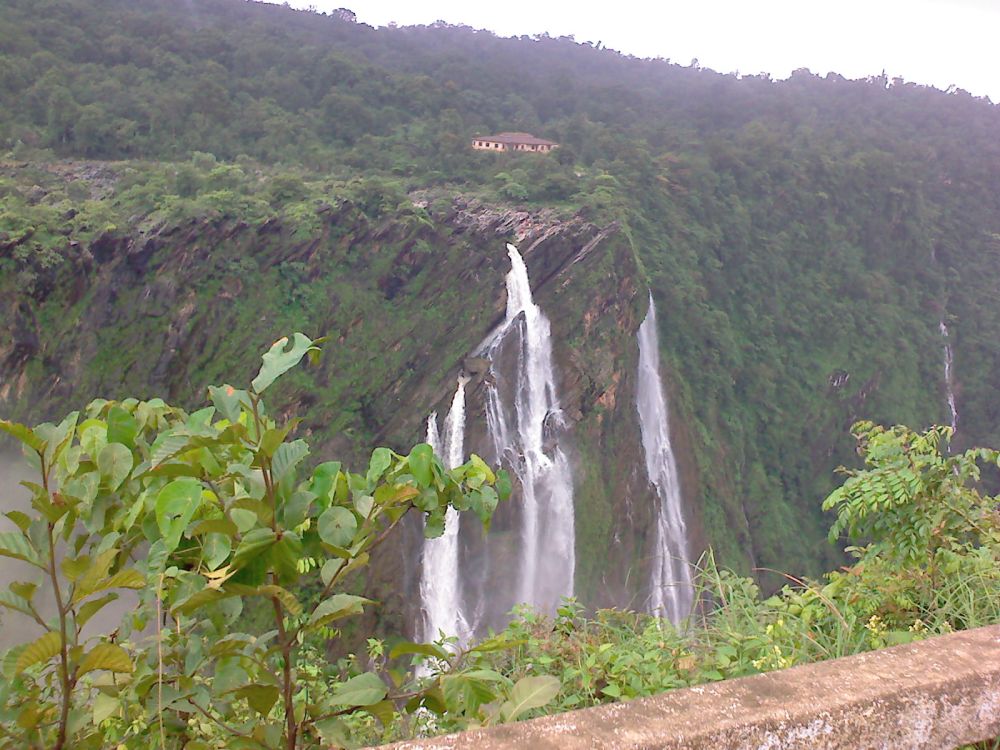I took this snap near the top of Chamundi Hill in Mysore. Like most places in India since I left in 2008 it’s changed – a lot.
South India
Did I accidentally discover a new Einstein?
I am not the world’s biggest fan of museums, but I had a frightening, emotional reaction at the Einstein Museum in Bern, Museum, when I looked at this grammar school photo of Einstein’s class:
My reaction was frightening and emotional, because all of the dozens of schoolchildren at staring emotionless and straight faced at the camera, with only one notable exception: the young Einstein is smiling:
Interestingly, I’ve noticed this one time before. At a large Indian wedding a group of small children asked me to take their picture with my digital camera. After reviewing the picture some years later, I realized that only one of the children was smiling:
Could it be my path crossed with the next Albert Einstein?
Just how complicated is the food in Southern India?
Answer, at least if you have never lived in India, VERY.
I lived in Bangalore for several years, and during that time my favorite place to eat lunch was a diner called Eden Park. Interestingly, Eden Park sits just across from a Zoroastrian temple – you don’t see many of them!
Anyway, here is a snap of me eating lunch with a friend:
If you’ve never been to India, there is a lot going on in this snap that you probably don’t know about.
First, you’ll notice how my friend it sitting. I don’t know if I’d go so far to say it is rude to eat with your left hand, but a right hand approach is definitely the favored one, so the left hand is normally kept in the lap or off the table, unless it is absolutely positively needed for something. But it can be used and most people do use it from time to time.
Now onto the other features.
You’ll notice the food is on a wet banana leaf. The banana leaves are placed on the table dry, but then you use a bit of water to wash off the leave and brush the water onto the floor. I’ve been to banana plant plantations all over Southern India, where the banana leaves are harvested and sent to the restaurants.
It is an all-you-can eat deal – circulating waiters carry pots of steaming rice and toppings, and if you need either rice or more toppings, they will give them to you freely. The little orange tin on the left is sambar – a tamarind based sauce that it ubiquitous to South India, and the orange tin on the right is rasam, a (mostly but not exclusively) tamarind based soup. Interestingly, there is not much question about how to consume sambar: you mix it into your rice; if you tried to drink it like soup, I think that would be a bit like drinking a cup of ketchup. But rasam on the other hand, being much thinner, is a whole different cricket game: you can pour it over rice, dip something into eat, or (what I usually did) just drink it like soup.
It is a bit of a myth that you eat this exclusively with your fingers. I did – and many Southern Indians do – but there are both Northern and Southern Indians who prefer to eat with a utensil, such as a spoon. My Indian friends have told me that studies involving brain scans have shown that when you eat with your hands you get a greater food pleasure, due to the tactile sensations.
One of the white tins contains curded milk, similar to yoghurt. It can be mixed into the rice with sambar, but it can also be eaten at the end of the meal, with a bit of sugar poured on it, like a dessert.
And as for the toppings: one of them is universally a dhal (lentils), which is frequently the case in Indian cuisine, since dhals have a very high protein content, and this is important to a mostly vegetarian culture.
Sadly, what this snap does not show are my papadams, also known as papads. ,At this hotel at least they need to be ordered separately, and it is usual for people to eat one or two. (I have a friend in England who eats them, however, by the dozen.) They are essentially fried tortillas. They are not used to spoon up food – rather (and this is purely my own opinion) their crispy-crunchiness makes a great change to the sticky stewlike nature of the food, so by crunching on one every now and again during your meal, it somehow helps to clean your pallet. Interestingly, most papads in India are made by rural housewives as part of a cottage industry: they create them at home and then they are shipped to centers for redistribution.
This meal is known to the Bangalore locals as “veg meals” – not, interesting enough, a “veg meal” but rather the plural form is used. For example, to order this you would say to the waiter at the diner “I would like a veg meals please.” Except – you really wouldn’t: diners here are called hotels not diners, and this one serves veg meals exclusively during lunch, so you don’t need to order anything.
What this snap does not show – but what is also quite common – is that many religious people move a slight portion of their food to the top of the leaf and leave it there, uneaten, as an offering to their gods.
What this snap also does not show are a few other things on the table: a metal container of drinking water, and containers of Indian pickles that I have documented elsewhere.
So for people with no experience in India there are really a lot of things happening that Indians take for granted – and I am quite sure this is the case with American and Western foods that some Asians, on a first trip outside of Asia, may be unaware about: the many different pieces of silverware used in a multi-course meal are a good example.
Cubbon Road Cows
Good cows, bad picture – I hardly think it’s possible. Here’s a snap of a few cows enjoying a quiet moment outside of Bangalore’s Cubbon Park.
Although it happened rarely, it did happen from time to time: cows are herd animals, so if given the chance they will spontaneously come together and form a herd. That’s OK if you are in Moneta, Wyoming, population 6. But it ain’t so OK when you are in downtown Bangalore, and the cows stop traffic for over six hours.
Train operators
I don’t remember where I took this snap exactly,
but it was a few years before I joined the Swiss Federal Railways (SBB / CFF / FFS) so in many ways it was probably a harbinger of things to come!
I guess they didn’t get many American tourists here, because they invited me in and allowed me to watch them doing their operations!
Goan sunset
Goa is the site of many mysteries for me. For a long time it was a colony belonging to the Portuguese until India “liberated” it in 1961. One mystery is why more Indians don’t know their recent history, as this was an interesting episode of armed aggression initiated by the Indians. Another mystery is why there are still television stations in Goa that broadcast Portuguese language stations, although literally everyone I spoke to here told me that nobody remains who speaks it.
Anyway, located on the western shore of India, they have nice sunsets, as this snap shows:
and also this one:
Deadly fence at Hiranandani
Here is a beautiful view from the Renaissance Hotel of the neighborhood in known as Hiranandani, overlooking Lake Powai in Mumbai:
Just visible behind the bannisters is a barbed wire fence that is, by design, intended to kill. For after the atrocious terror acts in Mumbai, when terrorists entered the city via boats, hotels in Mumbai take no chances.
Namada Chilume at Devarayandurga
South Indian names are really not so bad – they are just like German words, made up of very many tiny elements.
Devarayandurga is a hill station near Tumkur, just outside of Bangalore. It’s famous for a number of incredible temples. I didn’t photograph any of them, but what caught my attention the most were the monkeys on a ledge,
And although I suppose I shouldn’t do it, I never miss the opportunity to share some of my fruit with any local monkey I come across, such as this very red-faced macaque,
But for me the most fascinating bit was a natural spring called Namada Chilume,
According to legend, the Indian God Rama was looking for water but could not find any, so he shot an arrow into the rock and out flowed a spring of water.
What I find so amazing is that water continues to flow, even after the many thousands of years of this legend!
Long truck
The water pipes of Slumdog Millionaire
This is them, the water pipes just outside of the slum of Dharavi in Mumbai, India, that rose to prominence in the film Slumdog Millionaire.
I’ve never actually seen the movie, but I have visited these slums and many others in India.
Channa Bhatura
I lived for years in India and I usually ate with my fingers, rather than with a fork and knife. And the Indians were quick to me that scientists have proven (somehow?) that by eating with your fingers you increase your food happiness, because the tactile sensations start before the food reaches your mouth.
Well, I never really believed that . . . until I tried a Punjabi dish, a huge empty doughball much bigger than a bowling ball or your head, channa bhatura:
And it is true! There is something about tearing into the big, fluffy, glutinous ballon to tear off a piece to dip into the chickpeas that is really amazing!
Garuda Cow
Try if you want, but you just can’t take a bad snap of a good cow!
I found this cow grazing on a tiny patch of grass just outside of the Garuda Mall in Bangalore:
IT Offshoring – It began differently than you might think!
IT outsourcing – offshoring – nearshoring – global delivery? They’re familiar terms today – in fact, they are buzzwords. Once they meant only cost-saving, but now these term more often refer to technical excellence.
When I first went to Bangalore in the early 2000’s to manage a global delivery facility for Hewlett Packard, I was amazed. I had traveled India before as a tourist, so I wasn’t sure what to expect from Bangalore. What I found was a metropolis of IT. That was 14 years ago. Today, depending on what source you read, Bangalore is the center of 41% of all engineering research and development (ER&D) and 39% of all global in-house centers (GIC) in India. In human terms, it has 530,000 trained technical people. And that’s just the one city. Directly or indirectly, India employs about 3 million people in direct IT support, and another 7 million in indirect support.
That’s more than 50% of all global outsourcing.
So – when did this begin? How did it start? Where did it start? Why? Like Henry Ford’s garage it had simple beginnings. And in 30 years it has become a mammoth industry.
I first waded into this water in 2005. But my Dad, now a semi-retired systems designer and professor of computer sciences, remembers start-up days back in the 1970’s and 1980’s – literally decades before many people think “offshore” began. Together we assembled some memories of those first days that we’ll be publishing in a series of upcoming blogs. I think you’ll find it both enlightening and fun. It’s like looking back at Mr. Ford’s first assembly line.
The “offshore” model, with my team in Bangalore:
And the “nearshore” model, with my team in Bulgaria:
The story begins here on my Dad’s blog, with the link here: A little known history of IT offshoring – Part I
Mysore Cow
You can try if you want, but you just can’t take a bad photograph of a good cow!
This is a cow that I came across in a village just outside of Mysore, in Southern India:
Interestingly, I never stopped to think about it until now, but I really don’t know about how the rope shown above goes laterally through the nostrils of the cow. I guess it’s a bit embarassing to admit I don’t know how this is done – but it also shows that I live a life where something is strange to me that is, in fact, quite ordinary to the overwhelming majority of people on earth.
Srirangapatna Cow
It’s impossible to take a bad snap of a good cow.
In a recent blog post I discussed Srirangapatna. While here, I came across this cow while exploring this area of Southern India,
Indian Pickles
This is NOT an Indian pickle:
But THESE are Indian pickles:
These are actually lemon pickles, and they are THE MOST TASTY pickles I have had, even though I lived for many years in India! They are homemade pickles, given to me this week by my colleague Afaaque from Bangalore.
Srirangapatna – The Logan’s Run of South India
As a small child I was impressed by the scene in the 1976 movie Logan’s Run, when Logan and Jenny escape the hermetically sealed dome only to find that Washington DC – originally the bustling capital of America – has reverted to a quiet, peaceful, animal-filled natural area.
So you can imagine how I felt when I first encountered Srirangapatna in Southern India.
It was once home to the Kingdom of Tipu Sultan, center of a vast dynasty across Southern India. To be here then was to be at the seat of power, side to side with the movers and shakers of society, truly to be in the company of giants. Today it is little more than sleepy villages filled with farmers and shephards:
Indian apartment essentials
During the time I lived in India, my apartment was one of the best ones I ever had. Not because it was huge, had three balconies, and was regularly kept clean by a maid and a gentleman who ironed my shirts. Also not because it overlooked a small park, during the day filled with brightly colored birds and in the evening with huge “flying foxes.” But because of the infrastructure.
Here in my bathroom you can see my “Geezer” – a tank on the wall that heats the water only just before you use it:
(I’m not sure if this is where the expression “You old geezer” comes from or not, but it still confuses me why this highly efficient system is not in more widespread use, particularly in the U.S. where the homes are very big.)
Here you can see my water filter, attached to the sink. It had a canister containing carbon, and a second canister containing an UV light. Thanks to this set up, I think the water I drank in India was probably the best, cleanest water I’ve had in a long time. Because of the low flow rate, however, it meant that I would practice my own “water management” – and I kept my refrigerator stocked with water that I would bottle myself from this system, ready to be used in volume if I needed to:
Here you see my washing machine. There was no real need for an intense spin cycle, because the air was so dry, no matter how wet they were, my clothes would usually air dry within just a few hours:
And finally the best part, my stove, fed by a tank of gas underneath the counter:
Once you get used to cooking with a real flame, it is hard to go back to induction, infrared, or electric.
Across the Krishnarajasagara
What a mouthful! But South Indian names are actually quite easy to remember, because they are like German: long agglomerations of short words.
I have no idea what it looks like today.
But back in the day (the “day” being around 2005) the Brindavan Gardens were a world-class sight to behold: a massive city garden with dozens and dozens of powerful water fountains, and in the evening, everything lit with intense colored lights.
Anyway, built along the Krishnarajasagara Dam in South India:
The gardens had so many fountains, there are not enough pixels in most cameras to capture them all:
And where there were no fountains, there were man-made rivers decorated with intense flowers and exotic trees:
And even some spectacular buildings:
I visited the park a few years later, and sadly, it had fallen into a terrible state of disrepair – not worth visiting at all. But a trip out there is still exciting, because there is a nearby village Bylakuppe with relocated refugees from Tibet – and in fact, it is the largest settlement of Tibet people outside of Tibet!
Bangalore Gothic
Back when I lived in Bangalore, what I think was an IT guy turned his passion into this livelihood and created Bangalore Walks, a program of guided historical walking tours of Bangalore. I was one of his first customers.
On one of his walks, after showing us where Winston Churchill likely lived during his time in Bangalore, we stopped to look at this house:
It’s nothing fancy – there are hundreds of examples in Bangalore – but he brought our attention to the scalloped rooftoop. According to him, this style of roof is only found in Bangalore – and it is an architectural style he’s dubbed Bangalore Gothic.
I haven’t taken any Bangalore Walks recently – and I hope they are still as good as back in the day – and you’ll actually find my name on the official website!
Watery Grave
When I first started visiting the incredible waterfalls of the Kaveri River in Karnataka, India, they were undeveloped. Although every year many people died doing this, I knew someone who showed me the “safe route,” so I’d climb down the rock face to see some incredible sights, particularly during the Indian Monsoon:
They were also largely unvisited, because even the young IT engineers lacked the automobiles needed to easily reach this place.
I guess it is a good sign of development, because today the falls are quite developed, and it’s a common weekend day trip for the IT crowd. They don’t let you climb down onto the rock face anymore,
And the many restaurants and food stalls have encouraged the monkeys,
How many people can you stuff into an autorickshaw?
Having lived many years in India, I thought I’ve seen it all: whole families of 6 people riding on a two-wheel scooter, chicken farmers sitting quietly in a bus on their way to town, with dozens of live chickens tied together and sitting quietly on their laps.
But this snap has to take the cake: I counted no less than 13 people packed into an autorickshaw.
I took this snap was somewhere in the Hassan district of the Indian state of Karnataka.
The historical origins of Bangalore as Indian’s Silicon Valley
Everyone knows that Bangalore is often referred to as India’s Silicon Valley – but not everybody agrees why. Some say it was because Wipro got its start here – I had the pleasure of meeting Wipro’s Azim Premji, but I don’t believe this is the reason.
After living many years in southern India, I’ve come to the realization that no other place I’ve visited has such a deep, long, and intense culture of technical innovation.
Probably the best known example: Back in the eighteenth century Southern Indians invented military rockets, the British stole these and exported them back to the New World – and in fact it is these Indian “rockets’ red glare” mentioned in the Star Spangled Banner.
But here’s an even better example: ancient outdoor air conditioning. This snap shows a temple in the Southern Indian UNESCO village of Hampi:
The stone columns are hollow and, when filled with water, provide a strong evaporative cooling effect.
I’ll share other examples of Southern Indian “culture of innovation” as time permits.
Mysore Market
Today the city it’s officially known as Mysuru, after a movement that has seen the “Re-Indification” of many names in India (Bombay / Mumbai, Calcutta / Kolkata . . . you get the idea). Anyway, this picture I took just outside of the Devaraja Market is still one of my favorites:
In most every South Indian market I’ve visited, the stalls selling colored powder seem always to be right in the front:
It’s been a while since I’ve visited – and to be honest, I am not sure if the market is still there today. I remember reading a few years ago that part of it collapsed.
Shimoga and Jog Falls
Probably anyone who’s spent enough time in Southern India will wind up here one day – since it is India’s second largest waterfall:
It might be different today – in fact I hope it is different today – but many visitors would climb down the rocks, and I was told a lot of them have died trying to do this. You can see how treacherous and slipppery the rocks are likely to be: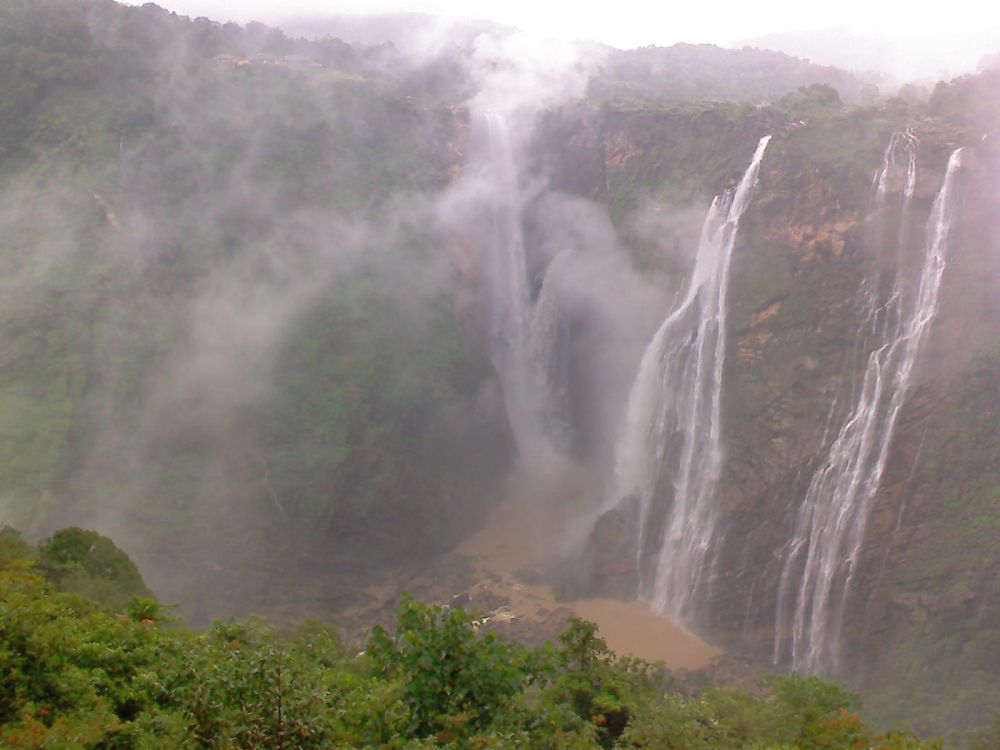
But as usual, for me the real fun was not seeing the waterfall at all, but rather experiencing all the wonderful Indian villages in Western Ghats in and around the area called Shimoga:
 I never took any pictures of the pineapple vendors – but pineapples are grown in this area, which is the first time I’ve ever seen an area where they grow.
I never took any pictures of the pineapple vendors – but pineapples are grown in this area, which is the first time I’ve ever seen an area where they grow.

